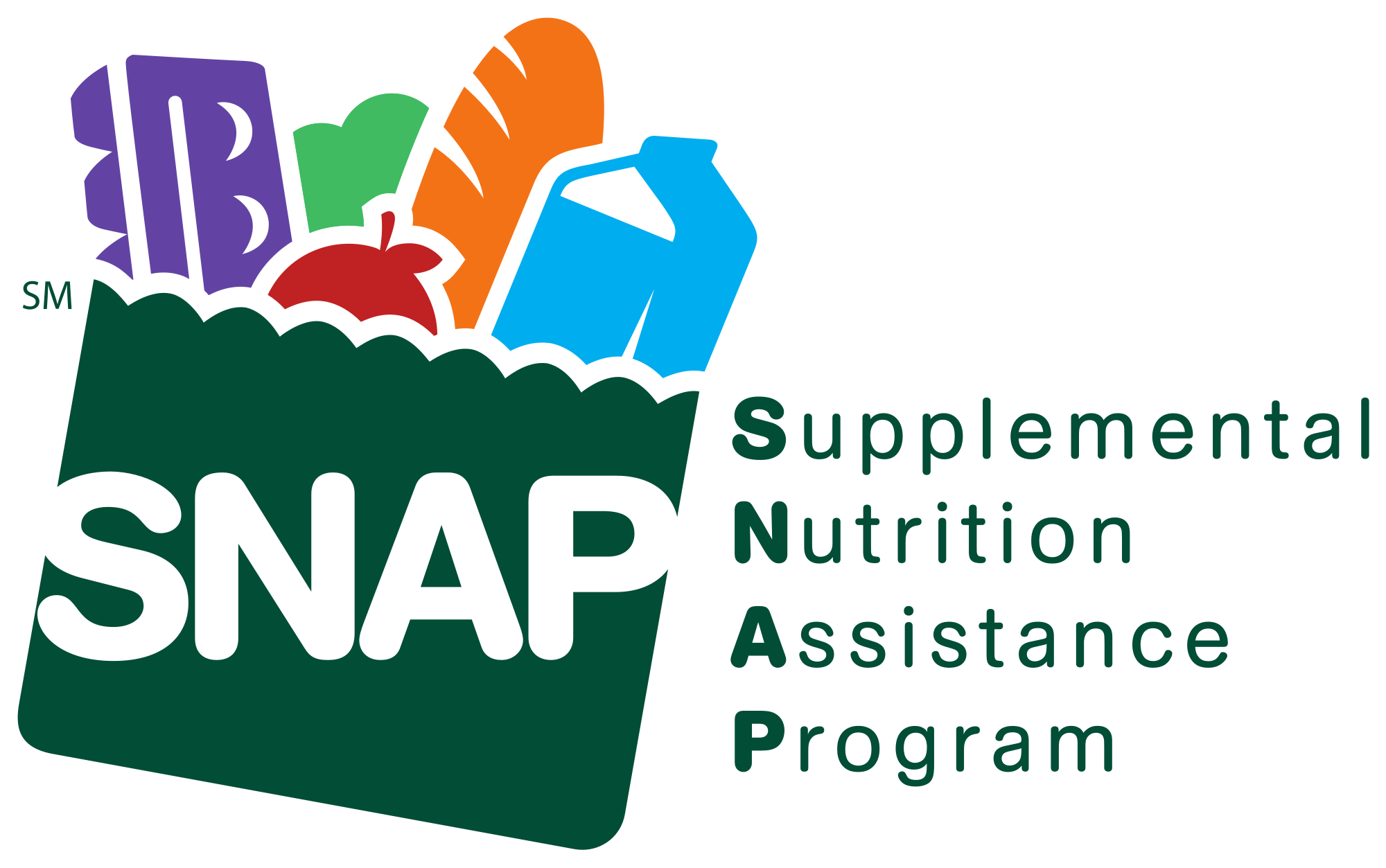Throughout much of the 20th century, the U.S. had set itself apart with its strong welfare state. Former presidents Franklin Delano Roosevelt and Lyndon Johnson created numerous anti-poverty programs of various forms and criteria, and they worked — the proportion of Americans below the poverty line went down pretty consistently.
However, that progress did not last. In August of 1996, former President Bill Clinton signed into law the Personal Responsibility and Work Opportunity Reconciliation Act, colloquially known as welfare reform. Twenty years later, far too many Americans still live in destitution, primarily because of this catastrophic piece of legislation.
Welfare reform had one principal effect on the American safety net: it replaced Aid to Families with Dependent Children, or AFDC, with Temporary Assistance for Needy Families, or TANF. Unlike the former program, TANF carries a stringent work requirement, puts a cap on lifetime benefits, and most importantly, gives state governments an obscene amount of freedom to determine how they spend money for welfare. These changes have devastated poor Americans and will continue to do so.
Despite the common conservative complaint that poor people could escape their plight if they worked harder, many do not have this option. Poverty in this country chiefly afflicts children, students, the elderly, and the disabled — groups that have much less ability, if any, to get and keep a job. Unsurprisingly, attaching work requirements to welfare, as TANF stipulates, makes it much more difficult for people to move ahead and often pushes them further behind.
And even if those on TANF can hold down a job, they’ll stop collecting any federal assistance after 60 months in most states. Once they hit that threshold, they’re on their own regardless of their employment or income level. With wage stagnation persisting, unemployment remaining a problem and renters spending much larger shares of their income on housing, scores of people need a hand for more than five years, but they won’t get one. In large part because of this cutoff, fewer poor families receive aid from TANF than they did from AFDC.
These reforms haven’t saved the government any money, either. Even after adjusting for inflation, we still spend just as much on welfare now as we did before reforming it. Why? TANF gives states the budget for welfare in the form of block grants, removing many restrictions on how they can spend the money. This has led to frivolous, ostensibly anti-poverty initiatives such as marriage promotion programs — which don’t work — and drug tests of TANF applicants — which are pointless —, among countless others. With money that should be helping the needy diverted toward ineffective side programs, the U.S. has exacerbated both its poverty and budget problems.
These are not the only disastrous byproducts of welfare reform. The act also prohibits immigrants from receiving federal benefits within the first five years of their arrival, and that only applies to the legal ones — undocumented immigrants will never be eligible for TANF. Without the safety net to cushion them, many newcomers have had a tougher time graduating from high school, an immense setback in a country where people without a diploma will see few opportunities.
One of the most pernicious of welfare reform’s lesser-known provisions, thankfully, has begun to go away. Under the law, states have the power to deny benefits to anyone who commits a drug crime, no matter how severe. Because poverty correlates strongly with recidivism, this strategy hasn’t reduced crime, but instead created penury for ex-criminals. Luckily, most states have opted out of this ban, giving a break to the myriad of people who desperately need it. Getting rid of these restrictions does not, however, compensate for the other negative consequences of welfare reform, which continue to make life harder for those who already deal with immeasurable hardship.
It’s clear that the U.S. needs a new approach to combating poverty, and ample alternatives exist. Albuquerque, New Mexico, and other cities have experimented with jobs programs for their most indigent residents, while companies such as Y Combinator have endorsed and tested a universal basic income. Although there remains some debate as to what will work, we can say for sure that the current welfare system doesn’t work. Over the two decades since it came into being, welfare reform has harmed innumerable amounts of the most vulnerable Americans whose circumstances we must improve.
Ryan Romano is a sophomore journalism major. He can be reached at tripler26@gmail.com.



